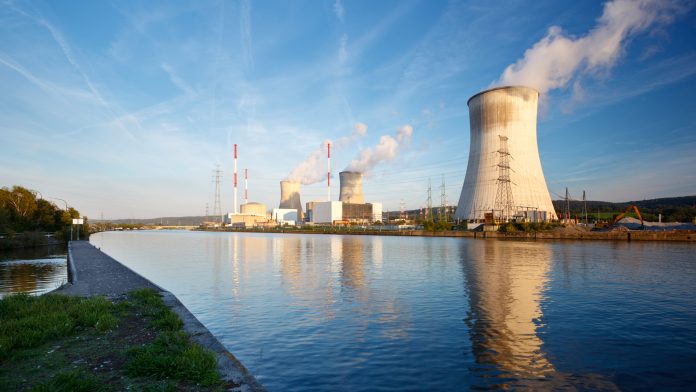Scientists have developed a type of scenario analysis that implies it is possible to plan for abrupt changes regarding nuclear power requirements in the next century.
In order for a low-carbon future to be plausible, scientists have highlighted the necessity of nuclear power reactors. However, preparing for future requirements is important, because nuclear reactors are time-consuming and expensive both to plan and build.
Marc Ernoult of Paris-Saclay University and his team have created a model that considers nuclear power being employed for future use, as well as the fluctuations in the resources required.
How is nuclear power impacted society?
France gained 70.6% of their energy from nuclear power sources, which is higher than any other country. However, scientists have noted that even their nuclear planning is vulnerable to sudden shifts in factors such as public opinion.
Nuclear power as a source of energy was expanded in the 2000s and created concerns regarding a shortage of natural uranium. In response, plans were initiated to utilise sodium-cooled fast reactors (SFRs), which use less uranium than the older and cheaper pressurised water reactors (PWRs).
In 2011, the Fukushima disaster altered public opinion drastically, and concerns about the costs of SFRs became greater than those regarding the natural availability of uranium. As a result, the first stage of the SFR deployment Advanced Sodium Technological Reactor for Industrial Demonstration (ASTRID) project was halted in 2019.
How has this impacted the future applications of nuclear power?
While sodium-cooled reactors require a much greater accumulation of plutonium than the PWRs, plutonium recycling is only necessary to alleviate its quantity throughout the fuel cycle. Therefore, it can be relatively straightforward to model the projected fuel requirements, even into the next century, if a steady state or a gradual transition between reactor types can be assumed.
However, scientists have observed that this is not possible; the future trajectory is very uncertain, and a sudden reversal of the current position cannot be ruled out.
Ernoult explained: “It takes decades to respond to a change of objectives: this is fast on the scale of fuel cycle physics, but very slow compared to possible changes in political attitudes or the industrial environment.”
To account for this, Ernoult and his team employed an optimisation algorithm, that allowed them to model plutonium recycling in the French fleet of nuclear reactors until 2140. Scientists followed three scenarios in total, each of which included an abrupt decision to switch from the low-plutonium PWRs to the high-plutonium SFRs at different points in time.
Following this, researchers compared the trajectories of fuel use and energy production to a scenario involving an immediate choice to deploy SFRs, to one with no SFRs at all. “This is the first scenario study to have included this type of rapid change midway through the time period followed,” added Ernoult.
What does this mean regarding future applications?
Researchers concluded that it will be necessary to implement a plutonium multi-recycling strategy 30 years before the first SFRs are expected to come on board, in order to prevent bottlenecks and minimise the amount of plutonium left idle.
Although cost and reactor life are yet to be included in the model, Ernoult and his team determine that it should be possible to choose and pursue one strategy and still know that ‘irreversible regrets’ can be avoided if later circumstances lead to a switch to a different one.









